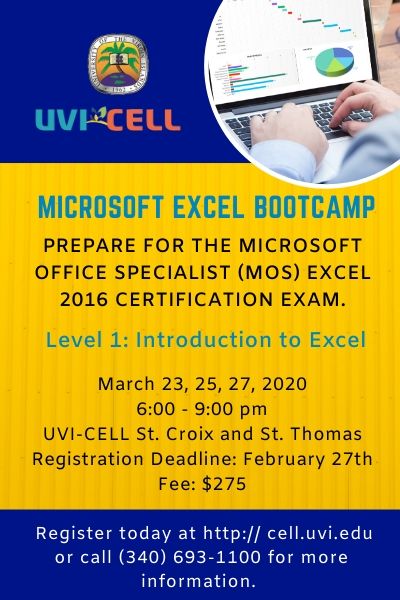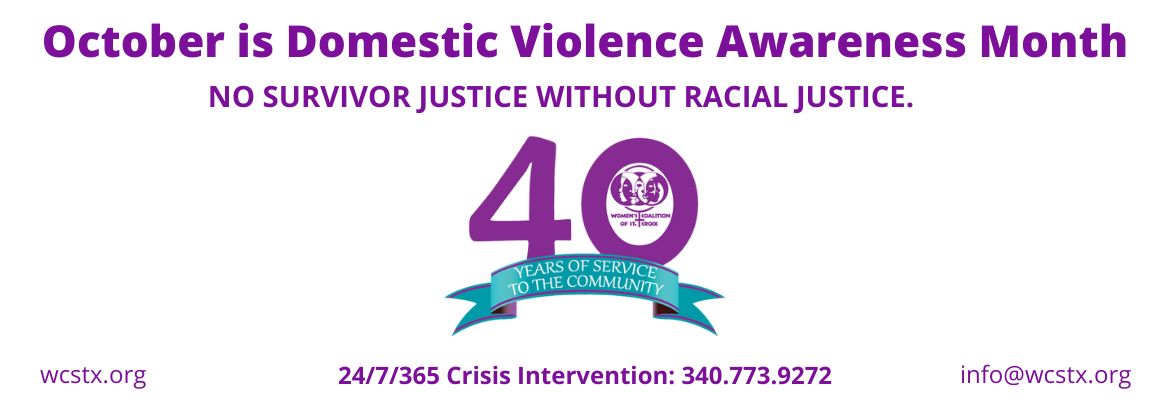Math chalkboard
Test scores are trending upward for Virgin Islands students who take the annual Smarter Balanced academic assessment, though well more than half of test-takers still fall short of standards set by the Department of Education.

D.O.E. officials on Tuesday released the results of the 2018-2019 Smarter Balanced assessment of English Language Arts and mathematic skills, noting substantive improvements among third through eighth and eleventh graders who take the standardized assessment.
Students are showing a deeper understanding of subject areas, thinking more critically and improving their ability to apply their learning to the real world, the data shows. And the gains are reflected across student demographics and span the St. Croix and St. Thomas-St. John districts.
After a one-year break in testing – due to hurricanes Irma and Maria’s damage to school infrastructure – Commissioner Raquel Berry-Benjamin said she was excited to resume annual reports student academic progress.
Trending Upward
Territory-wide, some 24.7 percent of students met or exceeded standards in English Language Arts – an improvement of 4.3 percentage points from the last assessment in the 2016-2017 school year when 20.4 percent of students hit the benchmark.
In mathematics, 10.1 percent of students met or exceeded standards – a 1.6 percentage point gain over the previous assessment when 8.5 percent of students met or exceeded standards.
The incremental improvements illustrate progress among V.I. students, for sure. But the results are somewhat mixed. Most students, for example, still perform below academic standards in math and English Language Arts for their grade level.
“We are strongly encouraged by the accomplishments made thus far,” said Alexandria Baltimore-Hookfin, the territory’s State Assessment Director. At the same time, “… we do acknowledge there is a lot more work to be done.”
Smarter Balanced Assessment
The annual Smarter Balanced assessments are designed to challenge students to understand subject matter more deeply, think more critically and apply their learning to the real world. Education officials say the Smarter Balanced tests give a more accurate snapshot of what students are learning by adapting to each student’s ability, giving teachers and parents better information to help students succeed in an out of school.
“Our new assessments are anchored in college and career ready expectations. They require students to explain acquired math concepts, solve a range of real world problems, construct viable arguments. In English Language Arts students are asked to read complex texts, produce well-rounded writing. There is a listening component. They also have to investigate topics,” said Ms. Baltimore-Hookfin said.
See D.O.E.'s 2018-19 test results here.
Most questions on the test are multiple choice, with a performance task requiring students to demonstrate critical thinking and problem-solving skills. Results are presented as whether a student, individually, and schools overall fall above or below territory standards. The metrics address four performance levels: Standard Not Met, Standard Nearly Met, Standard Met and Standard Exceeded.
The V.I.D.E. implemented the Smarter Balanced assessment in 2015 when the territory adopted the Common Core Standards Initiative. Common Core standards, used throughout the U.S., detail what students should know in English Language Arts and math at the end of each school year.
Numbers by the District
As territory-wide scores are up, individual district performance reflects a similar upward trend.
St. Croix
There were also improvements in the 2019 numbers for English in the St. Croix district, in which 27.3% met or exceeded standards. Although there was a slight decrease of -0.8 in Mathematics from 2017 to 2019 in the St. Croix district, students in that district performed higher than the territory’s average.
“While we are happy with the incremental gains, we are working to make sure that we see larger jumps in our student scores,” said Carlos McGregor, St. Croix District Superintendent.
Nonetheless, Mr. McGregor said there have been sizeable advances in proficiency among the older test-takers on St. Croix. “When we began taking the Smarter Balanced in 2015, for example, 20 percent of our 11th graders were proficient. Now in 2019, we have over 41 percent of 11th graders scoring proficient. So we actually doubled the numbers,” he said.
Fifteen percent of fourth graders on St. Croix scored proficient when the taking the test in 2015. “That same group of students, now in the eighth grade are at 30 percent proficient.”
St. Thomas-St. John
In the St. Thomas-St. John District, English and math skills improved in 2019. In the St. Thomas/St. John District, 21.4 percent of students tested were proficient in English language arts. That is a 4.3 percent increase above the 2016-2017 scores. In math, 8.2 percent of students were proficient, an increase of 2.2 percent above the 2016-2017 numbers.
Stefan Jurgen, St. Thomas-St. John District Superintendent, pointed to year-over-year gains by some of the district’s younger students. “Third graders scored in ELA (English Language Arts) in 2017 at a 15.5 percent level of proficiency. Two years later, those third graders are in the fifth grade. They went from 15.5 to 26.1 percent proficiency,” Mr. Jurgen said. “That is very encouraging.”
English Language Arts proficiency was at 16.8 percent for St. Thomas/ St. John fourth graders in 2017. As sixth graders in 2019, those students scored at 27.3 percent proficient, according to district data. “These are things we should be highlight,” Mr. Jurgen said.
Demographics
The progress has been not just with the student population at large. “these very important subgroups, such as Engligh Language Learners, in STX. ELA grew at a faster pace than the non English Lanauge Learner peers”
“That very encouraging to us because we know these subgroups very often come with academic deficiencies and the most important metric for measuring their success is growth,” said Saul Santiago, PhD, St. Croix District Director, Data & Assessments
Setbacks
D.O.E. Commissioner Berry-Benjamin said administering the Smarter Balanced tests have come with unique challenges. The 2017 storms’ destruction of computer equipment and computer labs where the tests are administered proved to be a significant setback in the administration of the 2019 tests. Efforts are ongoing to replace equipment and restore computer labs.
Further, while the Department invested heavily in its network infrastructure and Internet, since adopting the tests in 2015, there have been reoccurring issues with internet connectivity and power outages.
Next Steps
Ms. Berry-Benjamin said continuing the upward trend in test scores, the Department must double-down on several existing and new initiatives. Those include:
- Moving Toward Multiple Measures of Academic Progress
Beginning with the spring 2020 Smarter Balanced assessments, the Department will move toward a new accountability system to measure progress. Schools will be measured on student growth—how much students show academic improvement in ELA and Mathematics from one year to the next.
Focus will also be placed on improving the language proficiency of English learners, reducing the percent of students and teachers who are chronically absent, proficiency, graduation rate, and increasing post-secondary indicators, including dual enrollment, SAT and ACT scores, Advanced Placement results, and industry certification.
- Greater Focus on Childhood Learning
Currently, 50 percent of USVI students enter kindergarten with below-age skills in language, according to the Department.
To improve kindergarten readiness skills, the V.I.D.E. has implemented the following initiatives: Granny Preschool, strengthened partnerships with Head Start, and offer programs to help students and parents with the transition from preschool to kindergarten (KinderCamp). T
- Expansion of Career Technical Education
Career Technical Education (CTE) not only teaches skills for specific careers, the program also teaches skills that all students will need to enter the workforce. The Department of Education is committed to improving existing programs and developing new CTE pathways for students, training traditional academic guidance counselors to be ‘career counselors,’ expanding public/private partnerships to allow for student on-the-job training with potential employers. Furthermore, the Department is working closely with the Bryan-Roach Administration’s Workforce Development Initiative to prepare students for the local workforce.
- Professional Development
Teachers across the territory receive ongoing training in personalized learning to strengthen their skills in order to customize learning based on each student’s strengths, needs, and interests. Additionally, educators have greater access to student data and receive guidance from the district and State in using the data to inform instructional decisions.

“As the Department continues to assess its practices and make the necessary changes from the classroom to the boardroom, in the best interests of our students, we anticipate greater achievement outcomes,” Ms. Berry-Benjamin said in a written statement.










